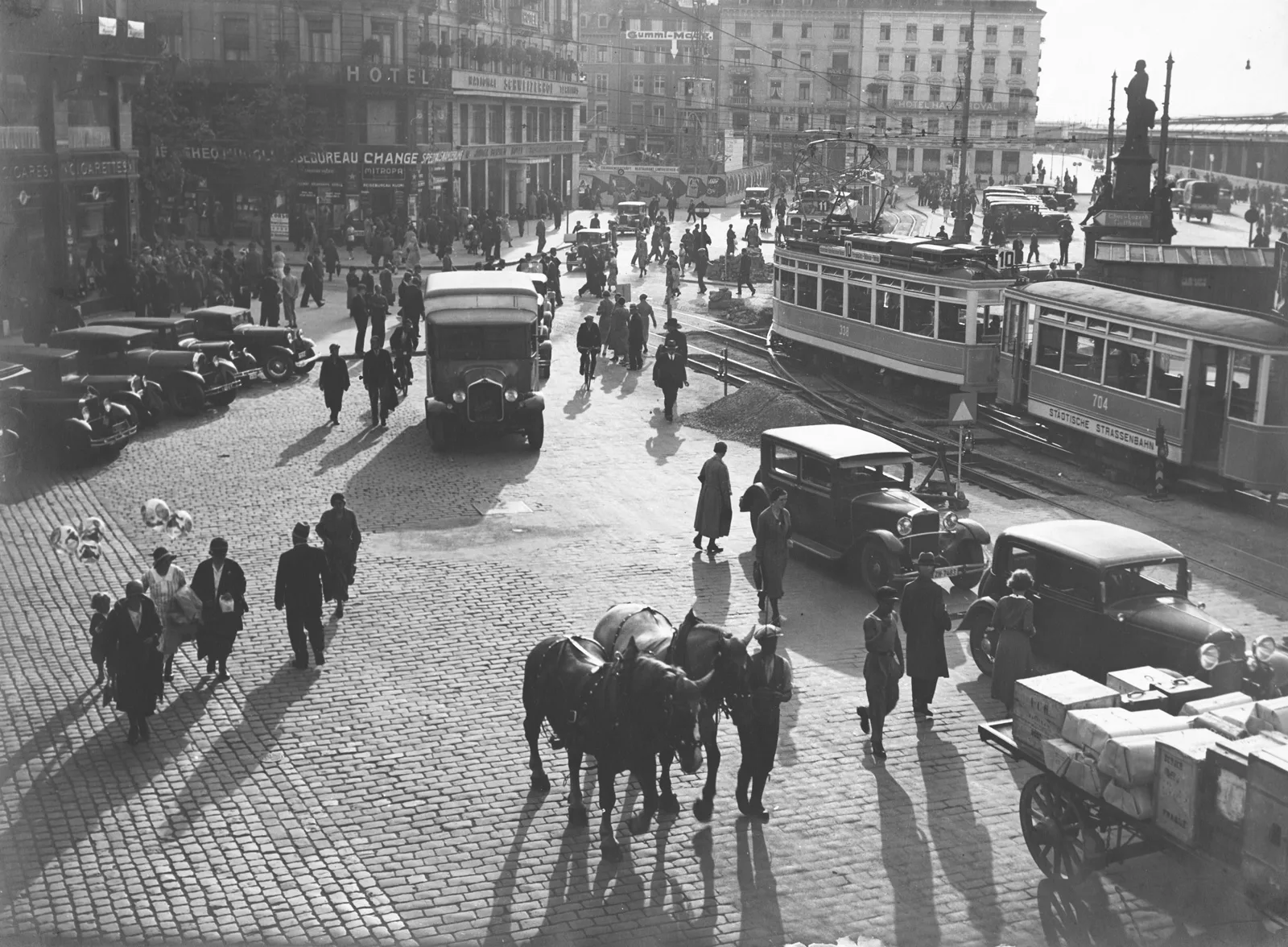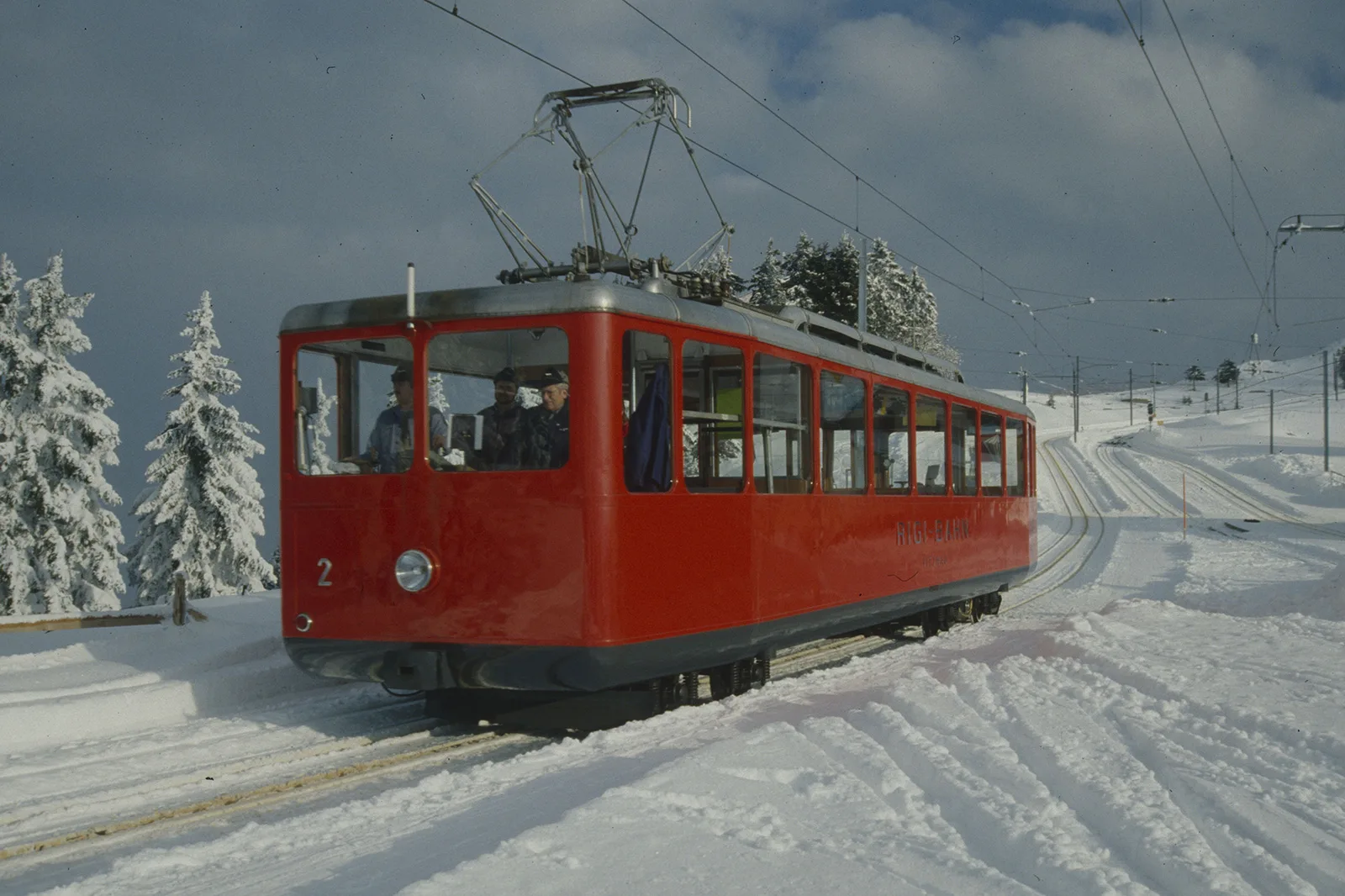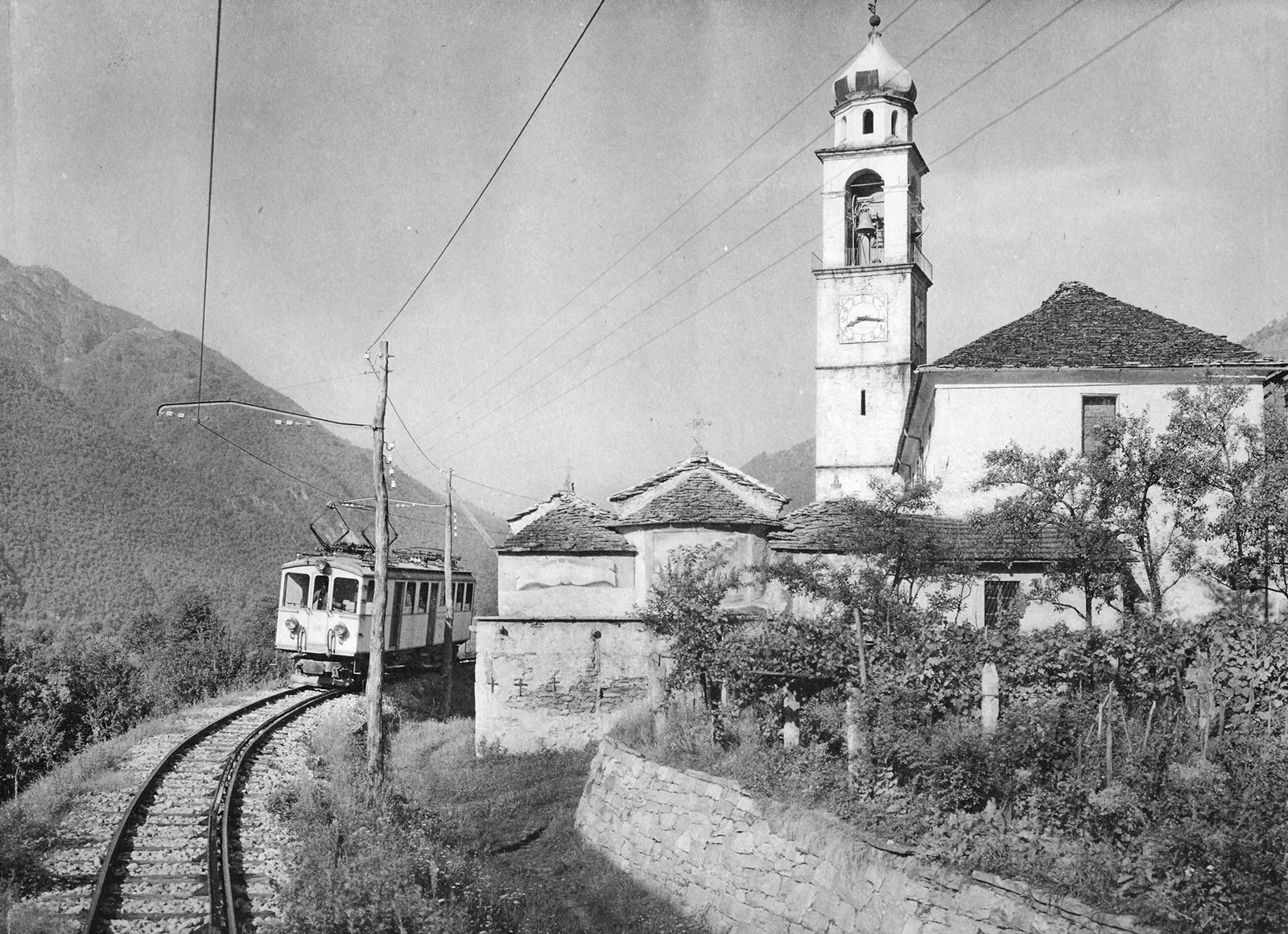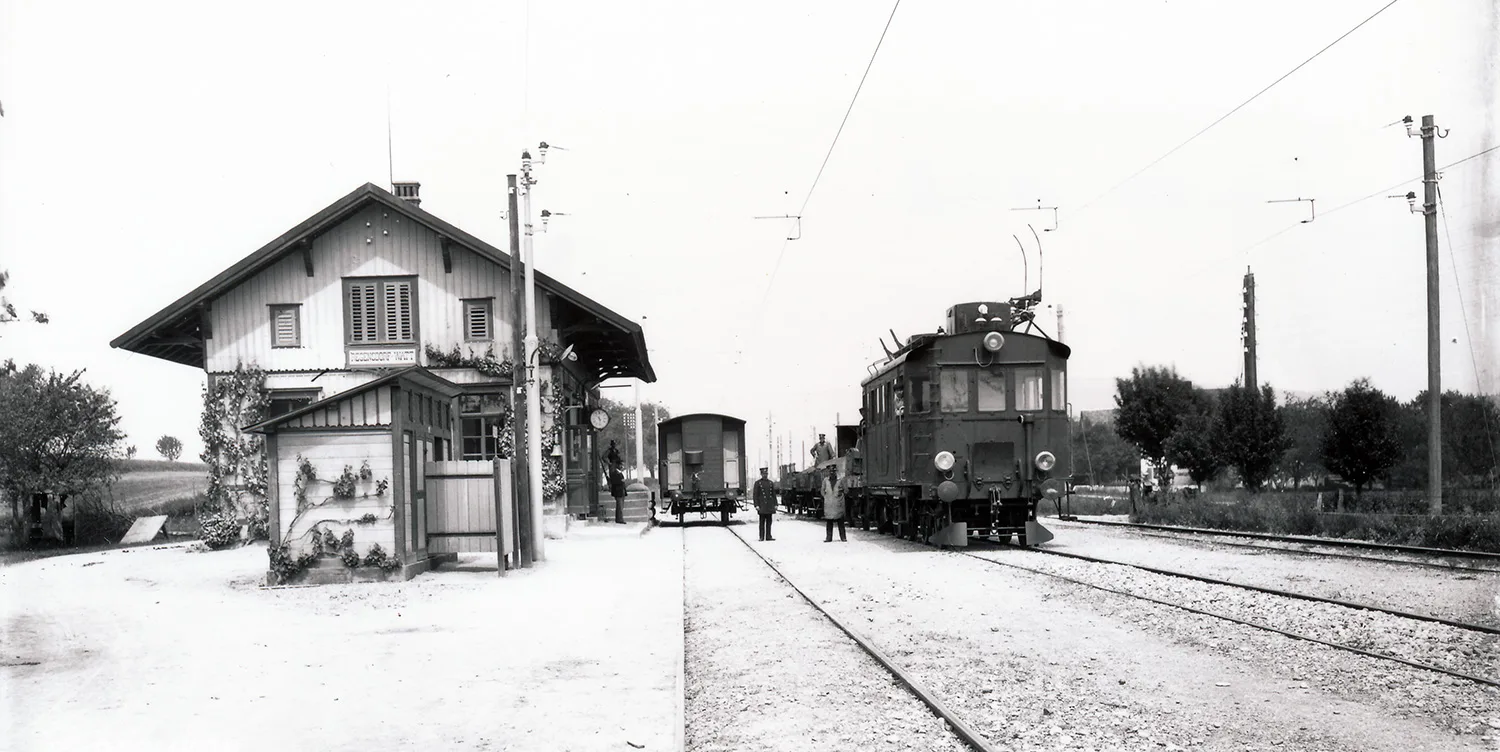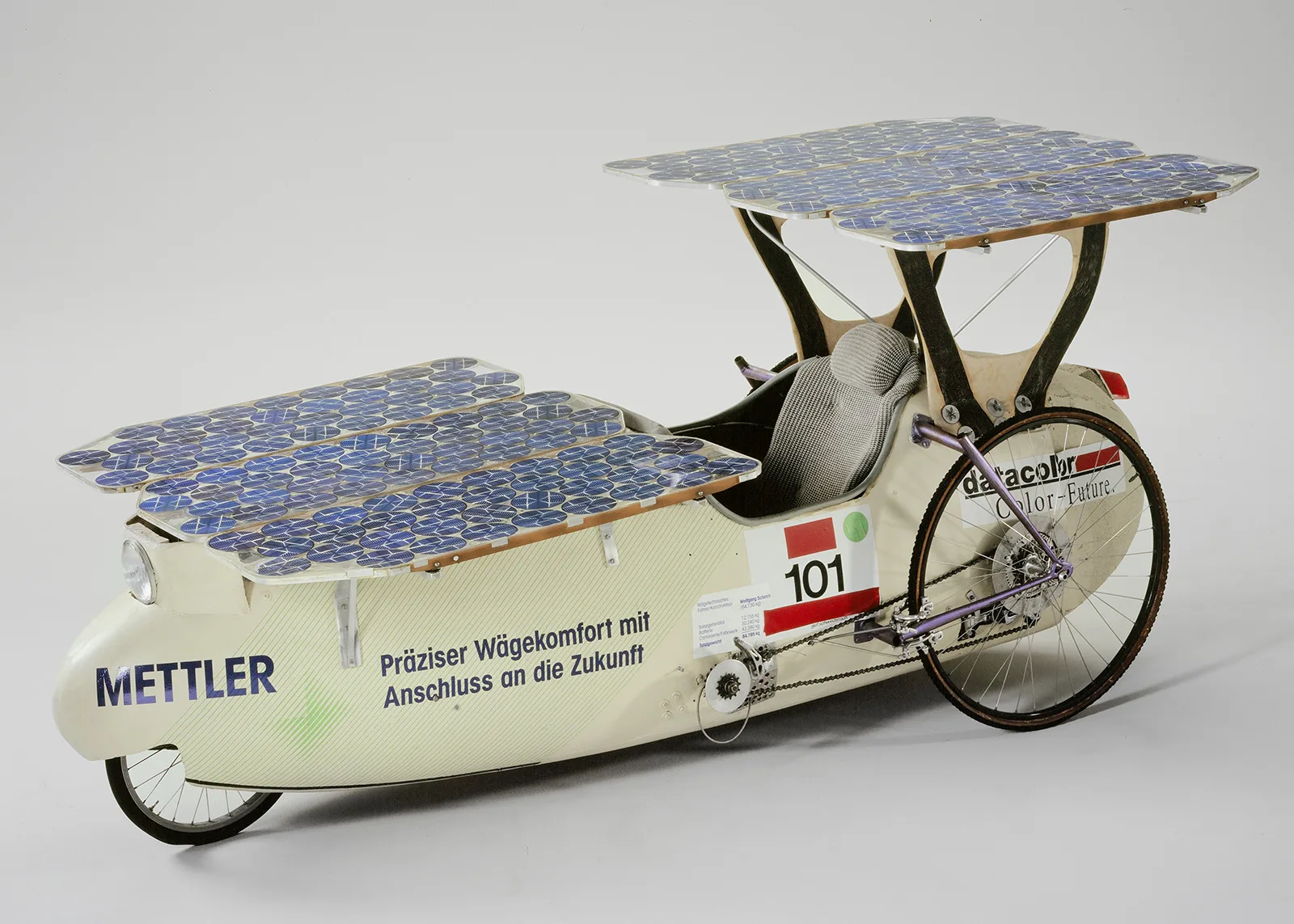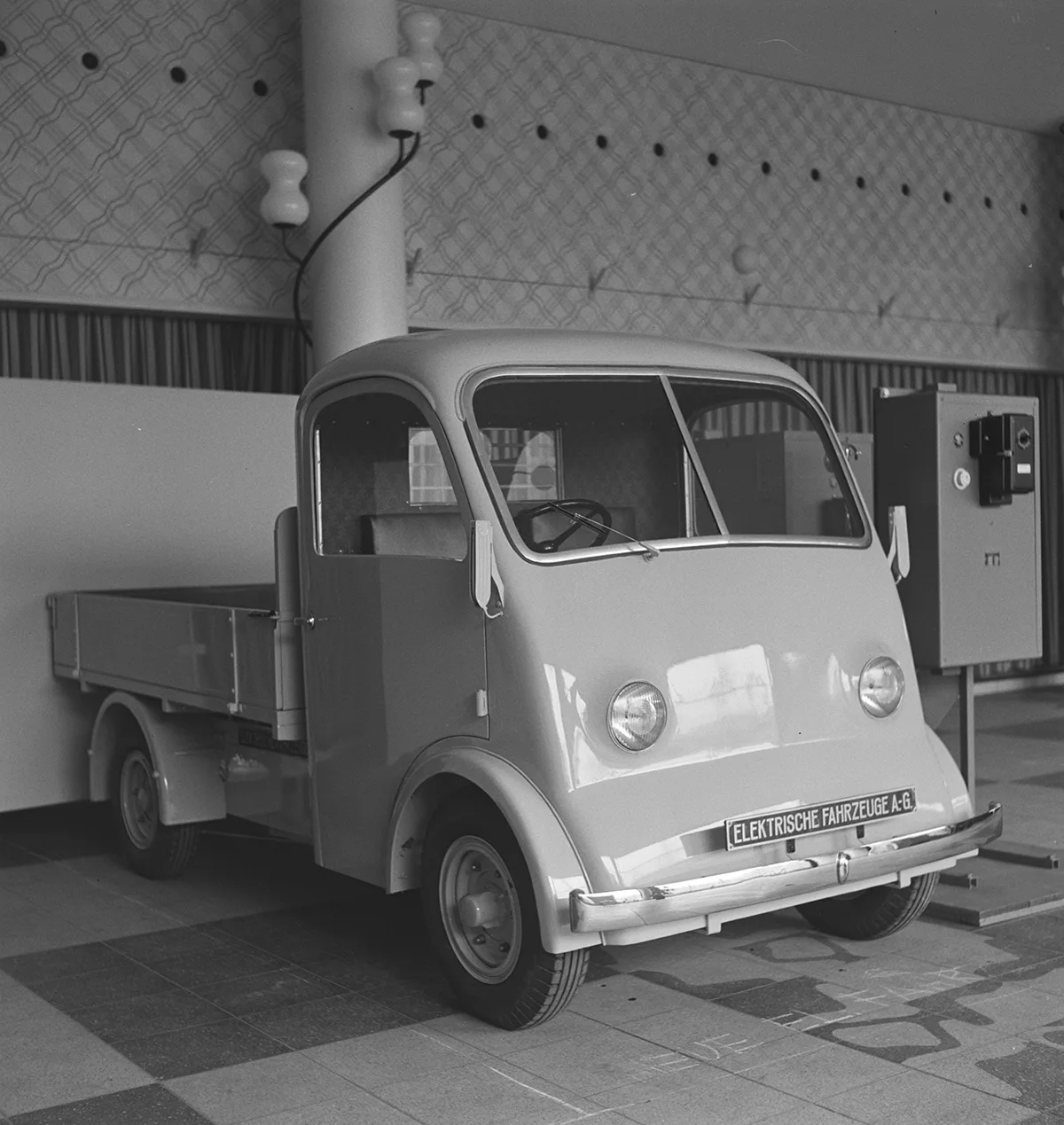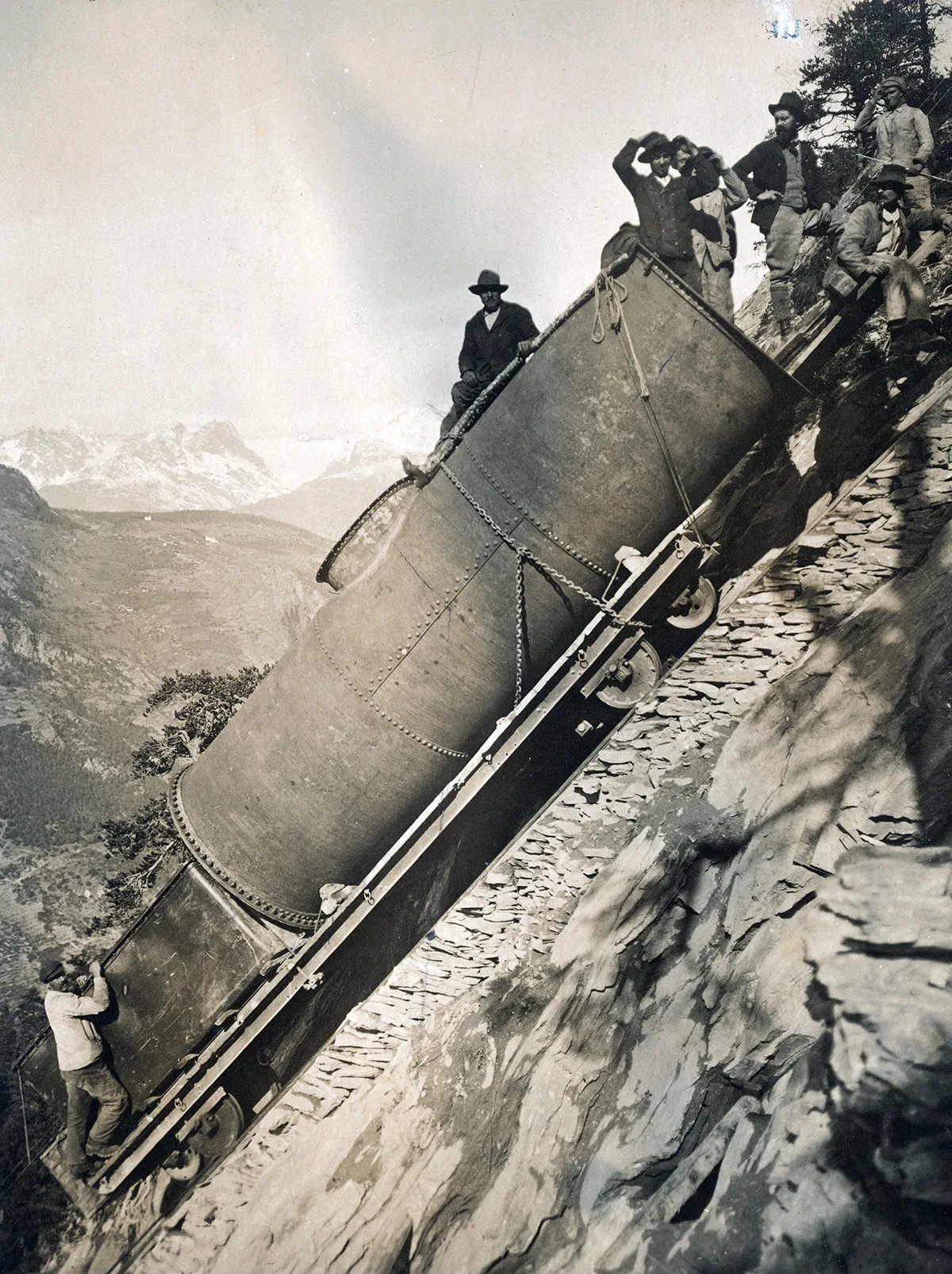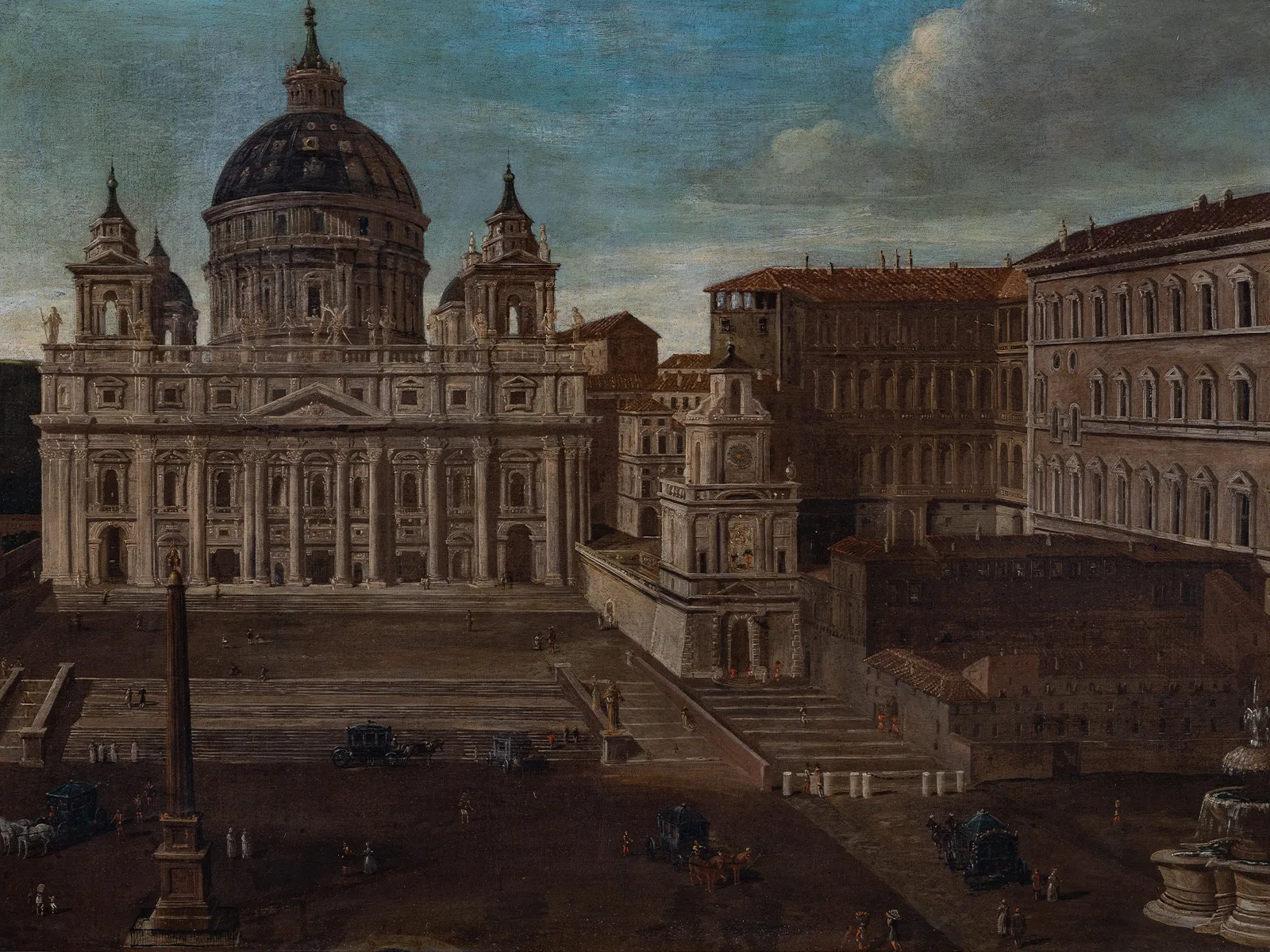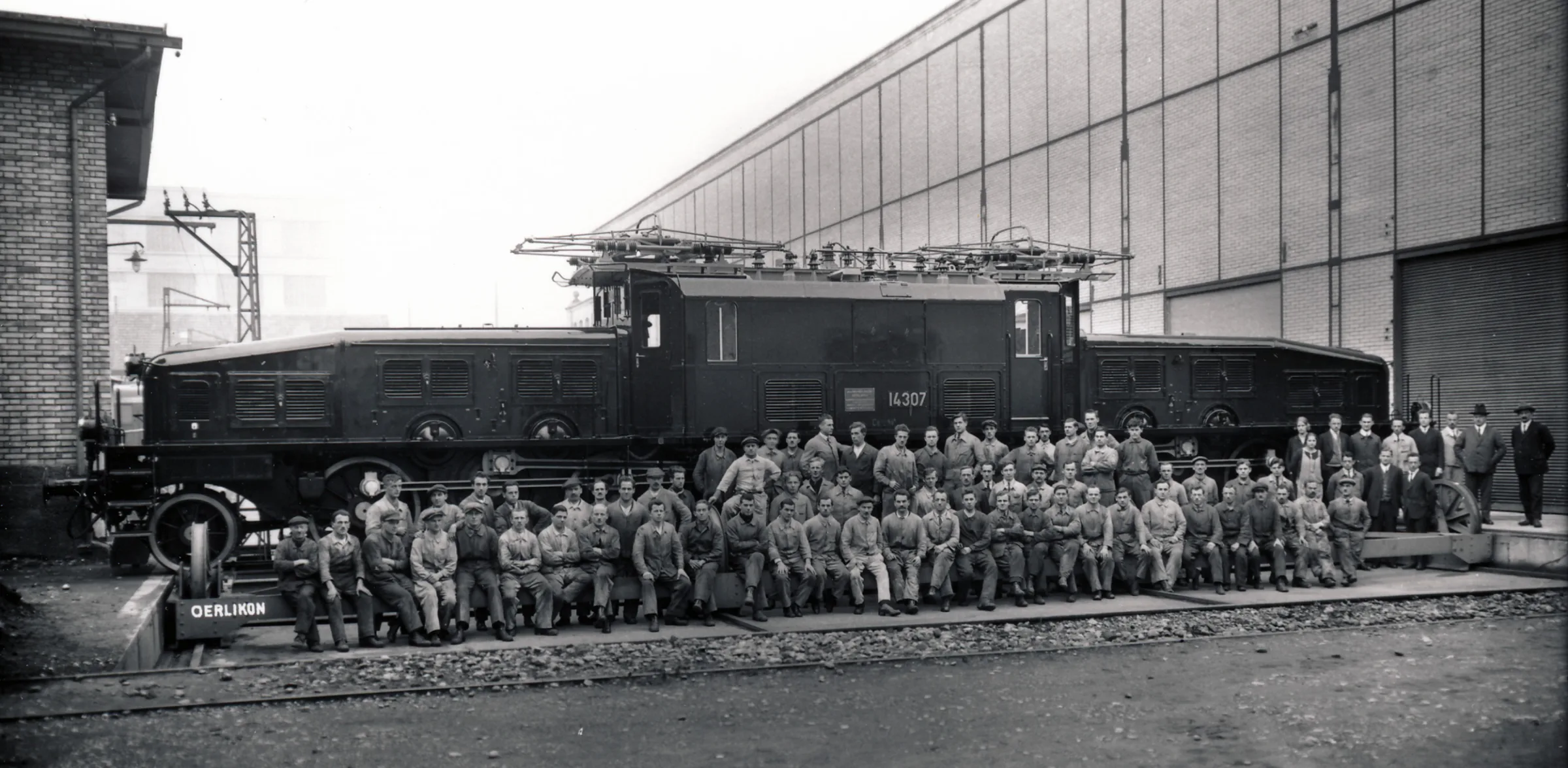
Electrification 2.0
In Switzerland, as elsewhere, climate change is forcing a rapid switch to renewable energies. The trend is called ‘electric’ and its advent harks back to the age of electrification, which in Switzerland occurred very early on, at the end of 19th century. Are there parallels to that era? Are we currently experiencing Electrification 2.0?
